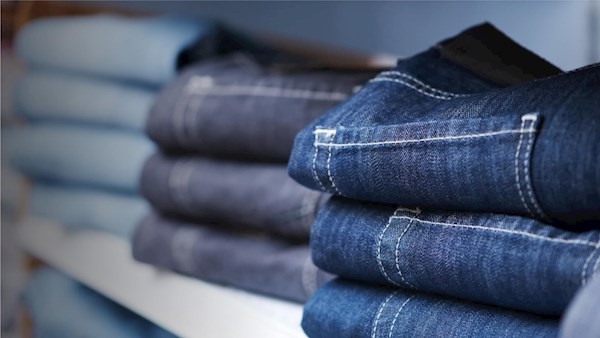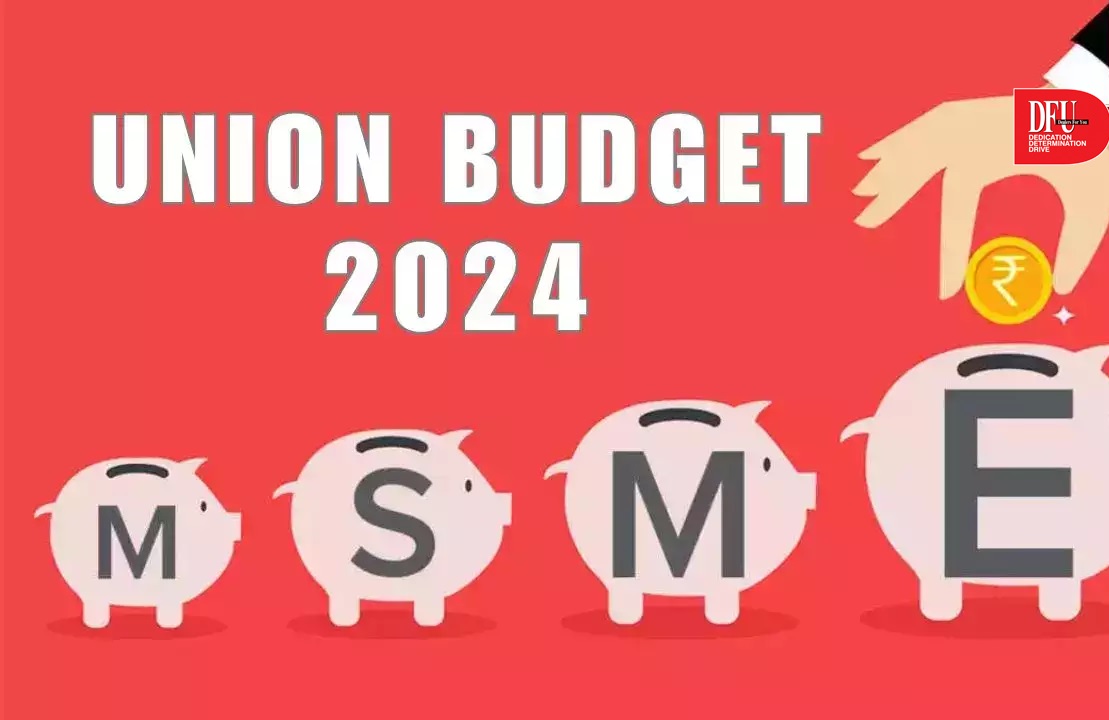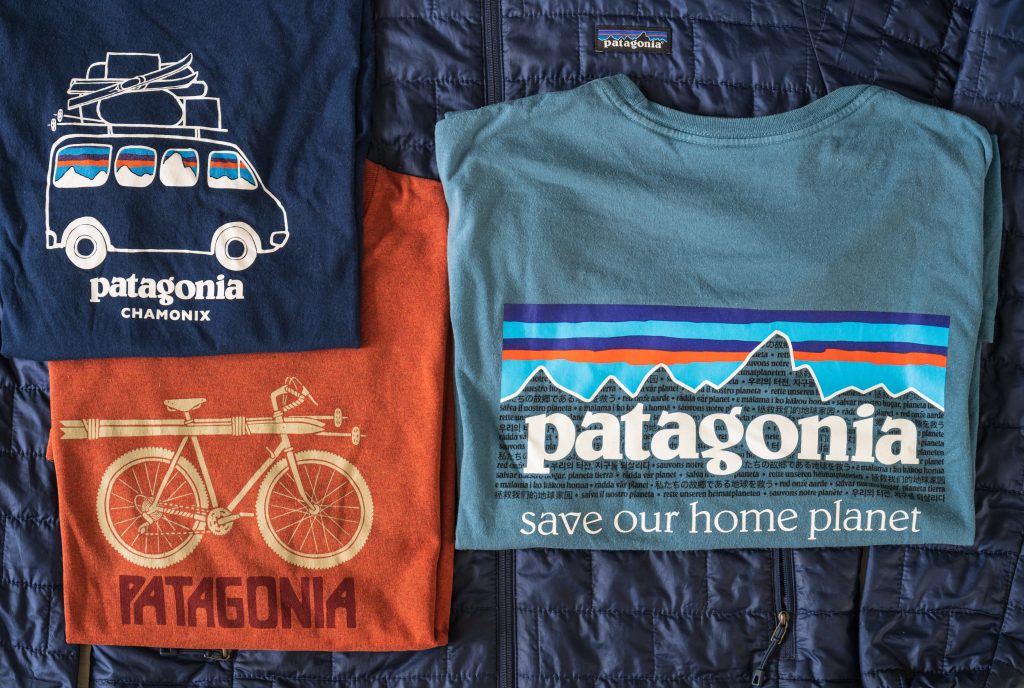
The US economy defied recessionary whispers, growing robustly in Q3 and Q4 2023. This presents both opportunities and challenges for the apparel industry, navigating a "swirl" of economic influences. While interest rates remain a headwind, tailwinds like a strong labor market and rising consumer confidence fuel optimism for the apparel industry. However, key questions linger.
Impact on apparel segments
Rising interest rates could dampen high-end spending, but brand loyalty and exclusivity may offer resilience. With higher disposable incomes and resilient demand, luxury brands are likely to thrive. High interest rates might also nudge some consumers towards pre-owned or vintage luxury, but overall, the segment remains strong.
Price-sensitive consumers might shift towards value options, potentially benefiting fast fashion retailers. Its value proposition and adaptability to trends could attract budget-conscious consumers. Meanwhile, continued focus on health and wellness could drive sustained growth in active wear segment. Consumers increasingly value eco-friendly practices, presenting an opportunity for brands with transparent and sustainable supply chains.
Supply chain considerations
Geopolitical tensions, ongoing labor shortages in key manufacturing regions, and volatile raw material costs could continue to disrupt the apparel supply chain, leading to price fluctuations and delivery delays. Some companies may explore nearshoring or reshoring production to mitigate these risks, although cost considerations and infrastructure limitations remain hurdles. Investments in supply chain transparency and agility can mitigate risks and build resilience. The tight labor market affects apparel manufacturing and logistics. Automating processes, investing in reskilling programs, and offering competitive wages can help address these challenges.
While the Consumer Price Index (CPI) for apparel increased in 2023, retail prices haven't always reflected this. Retailers meanwhile are employing aggressive promotions and discounts to clear inventory and remain competitive. They are offering deeper discounts and promotions to attract price-sensitive consumers, potentially eroding profit margins. In fact, to avoid stockpiles, they may sell existing inventory at lower prices, even as input costs rise. Meanwhile, intense competition in the apparel industry keeps prices down. And to do this, some brands might be substituting cheaper materials to absorb cost increases without raising retail prices significantly.
The way forward
One way to move ahead in a complex economic situation is to diversify product offerings by catering to different price points and a wider range of consumer needs. Offer products that deliver value beyond price, like quality, durability, and unique design. It’s also important to adopt technology and utilize data analytics to optimize inventory management and pricing strategies. Leverage data analytics to understand customer preferences and optimize pricing, marketing. With consumers increasingly drawn to sustainable practices, offering an opportunity for differentiation is also important for brands. Building closer ties with suppliers to mitigate disruption risks and secure reliable sourcing is key. Another important aspect is to adopt omnichannel retail as seamless online and offline experiences are crucial for today's consumers.












